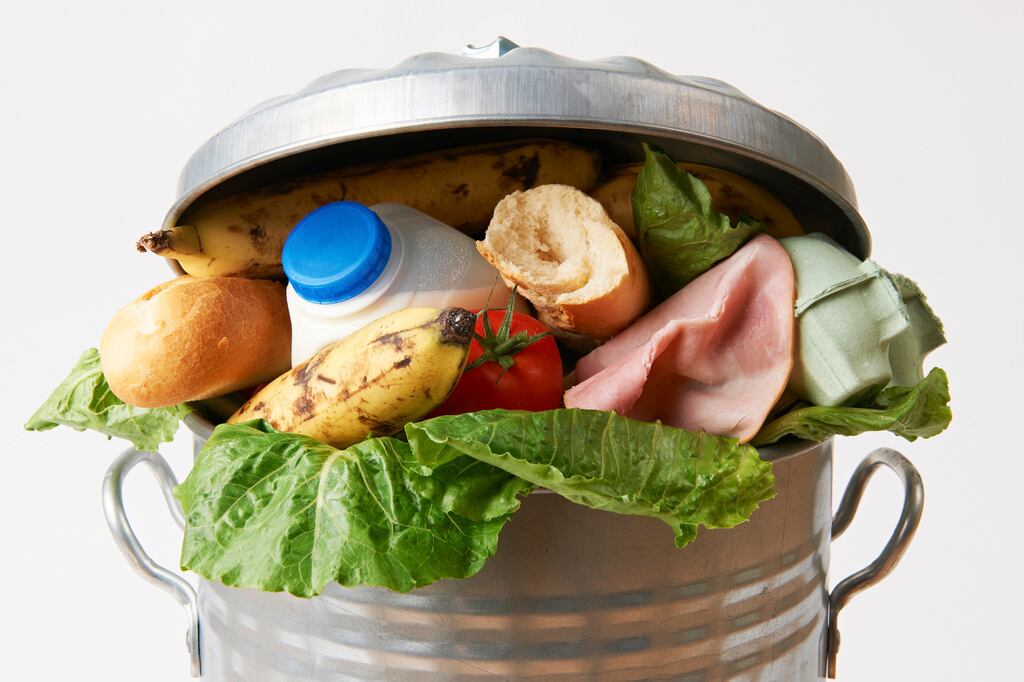The paper, published in the journal Green Chemistry, argued that technologies such as fermentation and harvesting insects grown on waste food could provide three times the amount of protein the average person needs to feed every person in the world, every day.
Not only could this solve malnutrition, but also reduce the pressure on agriculture and food supply chains caused by the COVID-19 pandemic and fight climate change.
In the UK alone, 1.5 million tonnes of organic waste are created from the production of food, such as meat, diary, fruit and brewing products.
First author Ellen Piercy, from King’s College London, said: “Reducing our waste by creating an economy powered by nature is crucial for fighting climate change. We currently throw away billions of tonnes of perfectly usable organic waste every year but by using sustainable bio-converters we can transform this food waste into a valuable protein resource.”
Five billion cows worth of protein
Fermentation techniques could turn the 8 billion tonnes of carbohydrate waste produced by arable farming into mycoprotein equivalent to the same amount of protein that could be had from 5 billion cows – three times the number of cows currently on the planet.
By applying mycoprotein technologies to agricultural crop residues alone, 562 mega tonnes of protein could be produced annually, the report claimed. This represented potential waste-to-protein amounting to 197g/person/day, which would help meet the recommended average protein intake of 50g per 70kg adult per day.
Corresponding author Dr. Miao Guo from King’s College London said: “Waste can be recovered as high-value products such as proteins. Waste to protein technologies could offer promising protein alternatives to help alleviate the global hunger crisis.
“Our research suggests that beyond any individual technology, it is very important to synergistically integrate technologies and optimise the protein recovery from diverse waste streams. This paper represents a cross-disciplinary challenge which can only be tackled by joint efforts from scientists, engineers, working together with industry and governments.”
Other technologies include employing insects to ingest food waste to grow and then subsequently harvesting them for human and animal consumption. These technologies are particularly efficient as they produce high level of proteins that are ‘nutritionally viable’.
Public perception
However, the paper posited that in order to achieve this level of protein conversion, public perception of waste-to-protein processes and alternative proteins need to change.
Tim Finnigan, Chief Scientific Adviser of Quorn Foods, added: “Protein from waste – it’s a big idea, one that has the potential to revolutionise our food system, and something I have no doubt can be achieved with the right level of focus of investment.
Exciting collaborative research is in place between Quorn and King’s College London on developing future mycoprotein to convert the carbohydrates found in arable waste (called lignocellulose) to protein. With the right focus, collaboration and investment a five-year horizon seems realistic.”
Sustainable production is and reducing food waste are the key topics in next week's free to attend webinar, Reducing the Impact of Food Waste through Innovation and Automation. Sign up not to not miss out as we bring together some of the food and drinks sector’s experts together to discuss new ways of tackling this mammoth issue.
Meanwhile, Bethan Grylls investigates the instability of the UK’s food system, where the responsibility lies to incite change, and the debate of food price vs production price in this in-depth article.





